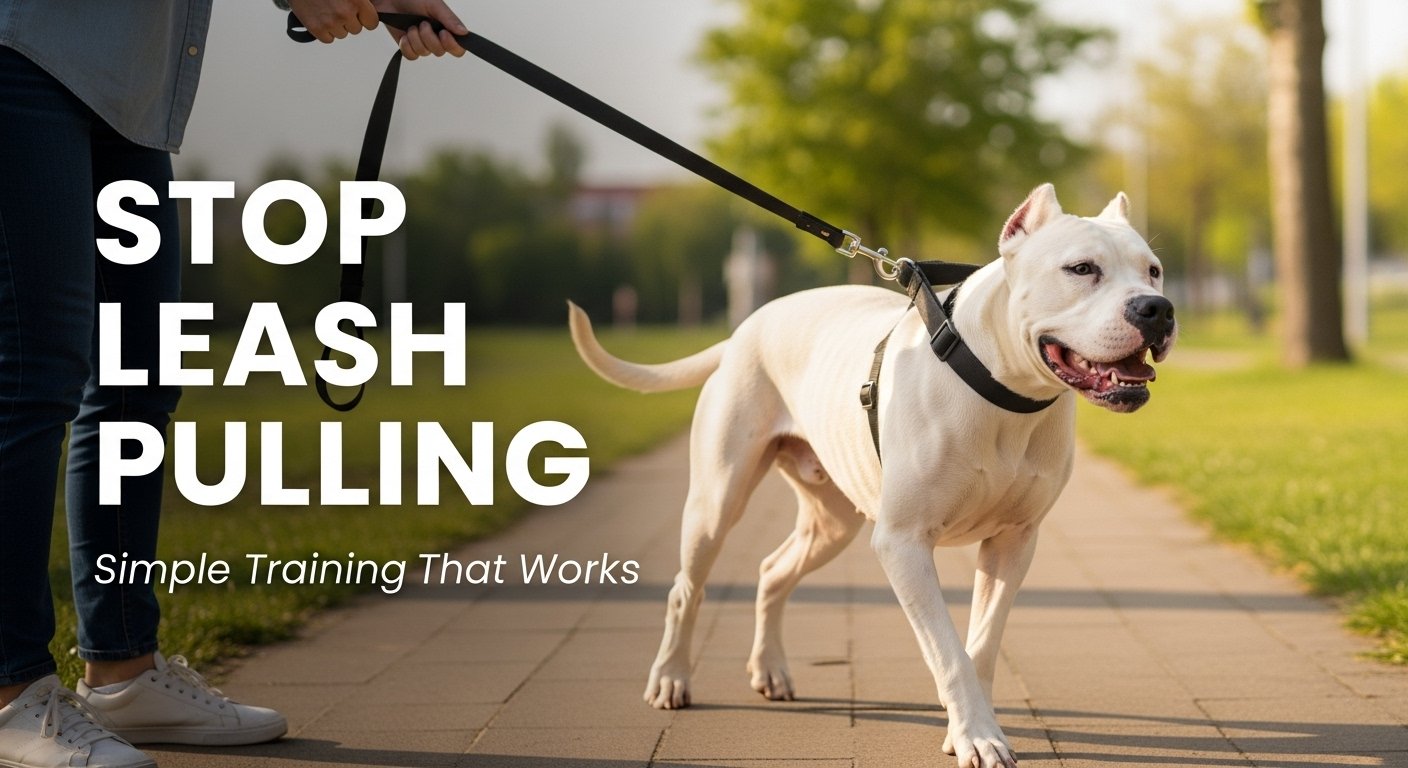
How to Stop Your Dog from Pulling on the Leash
Walking your dog should be a relaxing activity but for many pet parents, it feels more like a battle of strength. If your dog drags you down the street, pulling on the leash nonstop, you’re not alone.
Leash pulling is one of the most common dog behavior problems, but the good news is: it’s 100% fixable. With the right training techniques, patience, and consistency, you can turn stressful tug-of-war walks into peaceful strolls.
In this guide, we’ll cover why dogs pull, the best training methods, and the tools that can help.
Why Dogs Pull on the Leash
Dogs don’t naturally know how to walk politely on a leash it’s a learned skill. Here are the most common reasons they pull:
- Excitement & Curiosity
Dogs love exploring. Every smell, sight, and sound is new and exciting. Pulling simply gets them there faster.
- Lack of Training
If leash manners were never taught, dogs assume pulling is normal.
- Reinforcement
Every time your dog pulls and gets to move forward, they learn: pulling works.
- Excess Energy
High-energy dogs that don’t get enough exercise may be extra wild on walks.
- Distractions
Squirrels, other dogs, and people can trigger lunging and pulling.
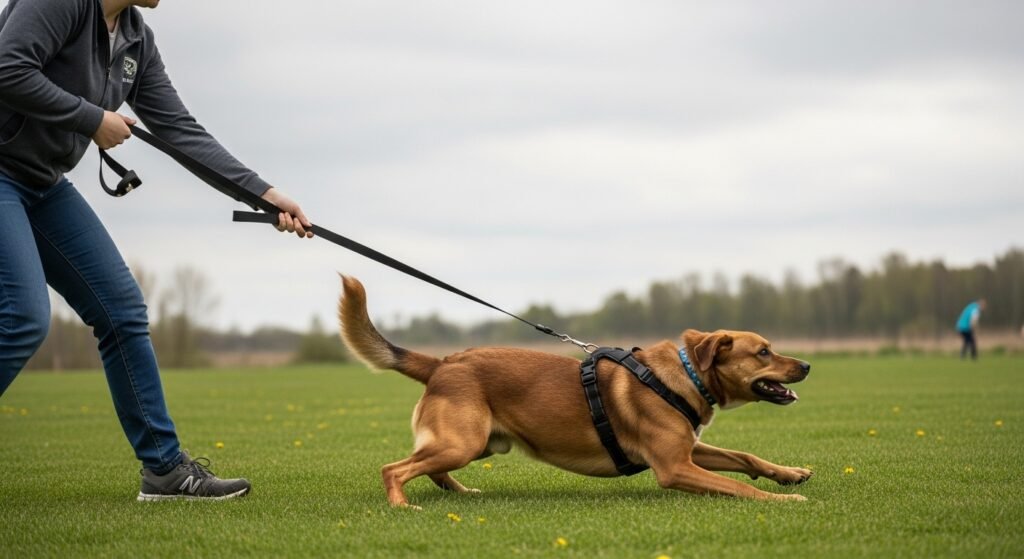
The Science of Leash Pulling
Pulling is self-rewarding behavior. Dogs pull → they get closer to what they want (a smell, another dog, or just forward movement). To stop pulling, you must remove the reward (forward progress) when they pull and reward calm walking instead.
Training Techniques to Stop Leash Pulling
- The “Stop & Go” Method
- The moment your dog pulls → stop walking.
- Wait until they return to you or loosen the leash.
- Resume walking.
Over time, they learn: pulling = no progress.
- The “Change Direction” Method
- When your dog pulls, calmly turn and walk the opposite way.
- Reward when they follow you and the leash loosens.
This teaches your dog to pay attention to your movements, not just their own.
- Reward Loose Leash Walking
- Keep treats handy.
- Whenever your dog walks beside you on a loose leash, reward them.
- Use praise and small treats to reinforce calm walking.
- Train in Low-Distraction Areas First
Start practicing indoors, in your yard, or on quiet streets. Slowly increase distractions as your dog improves.
- Use Short Training Sessions
- Aim for 5–10 minutes at first.
- Consistency is better than long, frustrating sessions.
- Tire Them Out First
A hyper dog will pull more. Play fetch or let them run in the yard before leash training.
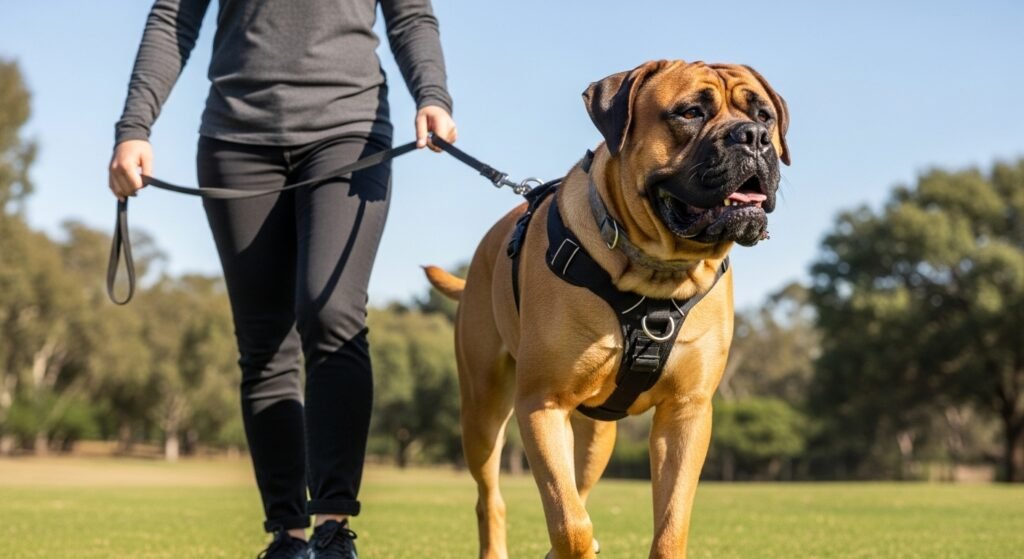
Training Puppies vs Adult Dogs
- Puppies: Start leash training early with patience and gentle redirection.
- Adult Dogs: May take longer to unlearn pulling habits, but consistency works.
- Rescue Dogs: Use positive reinforcement, as harsh corrections may worsen fear.
Tools That Help with Leash Pulling
- Front-Clip Harness: Redirects pulling and gives you more control.
- Head Collars (Gentle Leaders): Good for strong pullers but require training.
- Standard Leash (4–6 feet): Avoid retractable leashes—they encourage pulling.
- Treat Pouches: Essential for rewarding good behavior.
Avoid choke chains and prong collars they can cause injury and fear.
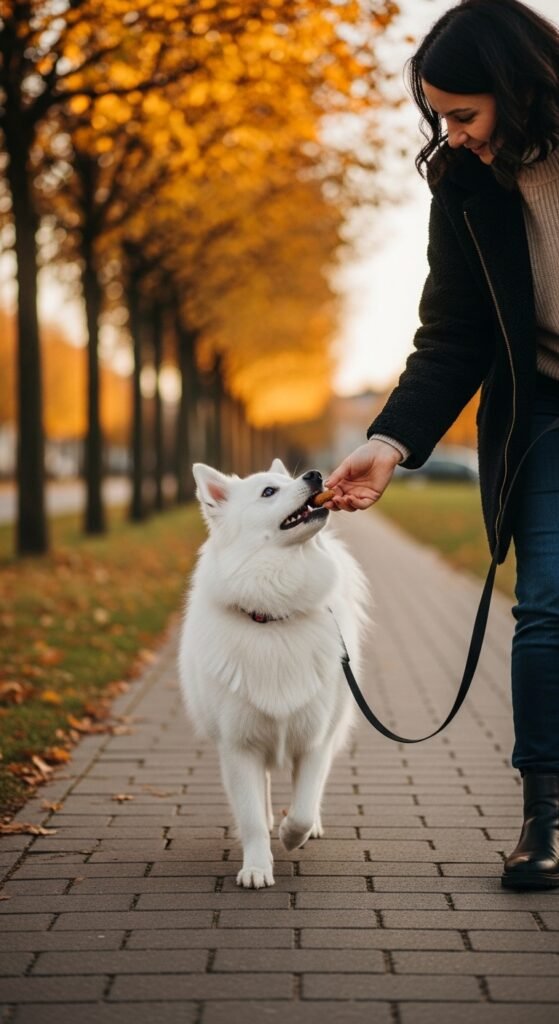
Addressing Specific Pulling Problems
Pulling Toward Other Dogs
- Keep distance until training improves.
- Use high-value treats to redirect attention.
Pulling Toward People
- Teach “sit” as a greeting behavior.
- Reward calm waiting instead of lunging.
Lunging After Wildlife
- Practice focus commands (“watch me”).
- Gradually desensitize with controlled exposure.
How Long Does It Take?
Every dog is different. Puppies may pick up leash manners in a few weeks, while older dogs with strong pulling habits may take months. The key is patience, consistency, and rewarding the behavior you want.
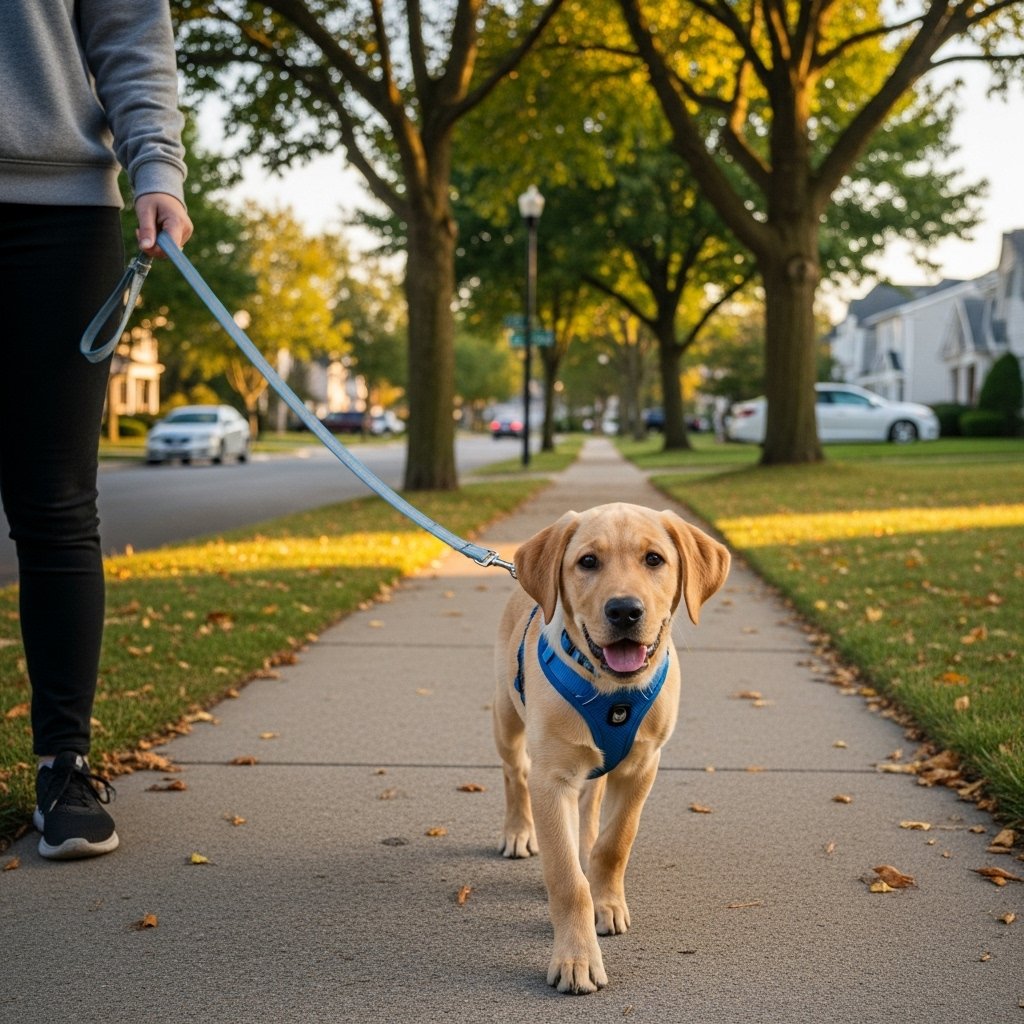
Mistakes Owners Make
- Letting pulling succeed: Allowing your dog to reach what they want teaches them pulling works.
- Using the wrong equipment: Retractable leashes = constant tension.
- Being inconsistent: Sometimes allowing pulling, sometimes correcting it confuses your dog.
- Yelling or jerking the leash: Increases stress and doesn’t teach proper behavior.
Final Thoughts
Leash pulling is one of the most frustrating dog behaviors, but it’s also one of the most solvable. By combining positive reinforcement, proper tools, and consistent training, you can teach your dog to walk calmly by your side.
Remember: leash walking isn’t natural for dogs it’s a skill we must teach. With patience and persistence, your daily walks can become relaxing, enjoyable, and a bonding experience instead of a struggle.
Ready to Connect?
Enjoyed learning about big dog breeds? Join the Pets Fun Zone community — a growing space for U.S. pet lovers to:
Share photos, stories, and experiences
Ask questions and get advice
Discover recs for food, training, vet care, and more
Join us today at Pets Fun Zone and be part of a caring community of passionate dog lovers!
Let’s welcome all the gentle giants together.



